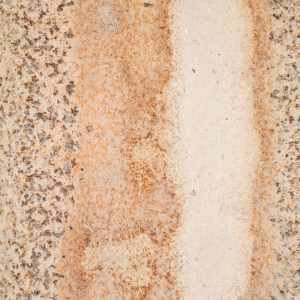In the world of paints and inks, there’s a key player called hydrocarbon resins. These resins are important because they help paints and inks stick together and give them strength. But one aspect of hydrocarbon resins that’s often overlooked is their color, as measured by something called the Color Gardner.
What is the Color Gardner?:
The Color Gardner is a way of measuring the color of a substance, like hydrocarbon resins. It uses a scale from 1 to 18, with 1 being the lightest color (almost clear) and 18 being the darkest (almost black). The Color Gardner helps paint and ink manufacturers ensure consistency in their products and achieve the desired color outcome.
Role of Color Gardner in Paints:
The color of hydrocarbon resins, as indicated by the Color Gardner, plays a crucial role in determining the final color of paints and inks. When hydrocarbon resins with different Color Gardner values are used, they can affect the overall color of the paint or ink. For example, resins with lower Color Gardner values tend to produce lighter colors, while those with higher values result in darker hues.
Achieving Consistency:
Paint and ink manufacturers rely on hydrocarbon resins with consistent Color Gardner values to maintain color uniformity across their product lines. By carefully selecting resins with specific Color Gardner ratings, manufacturers can ensure that each batch of paint or ink matches the desired color standard. This consistency is essential for meeting customer expectations and maintaining brand reputation.
Color Matching:
The Color Gardner also plays a vital role in color matching, where manufacturers strive to reproduce specific colors accurately. By adjusting the Color Gardner of hydrocarbon resins used in the formulation, manufacturers can fine-tune the color of paints and inks to match customer requirements precisely. This flexibility allows for customization and ensures that the final product meets the desired color specifications.
Impact on Transparency and Opacity:
In addition to influencing color, the Color Gardner of hydrocarbon resins can also affect the transparency and opacity of paints and inks. Resins with lower Color Gardner values tend to be more transparent, allowing underlying surfaces to show through. On the other hand, resins with higher Color Gardner values contribute to opacity, covering underlying surfaces more effectively.
Aesthetics and Visual Appeal:
The color of hydrocarbon resins indirectly contributes to the overall aesthetics and visual appeal of paints and inks. Whether it’s a vibrant hue or a subtle tint, the Color Gardner helps create the desired visual effect, enhancing the attractiveness of the finished product. Customers often choose paints and inks based on their color preferences, making the Color Gardner an important consideration in product development.
Quality Control and Assurance:
Maintaining consistency in Color Gardner values is critical for quality control and assurance in the paint and ink industry. Manufacturers conduct rigorous testing and analysis to ensure that hydrocarbon resins meet specified color standards. By adhering to strict quality control measures, manufacturers can minimize color variations and deliver products that meet customer expectations consistently.
Environmental Considerations:
While the Color Gardner primarily focuses on color, it also has implications for environmental sustainability. Lighter-colored hydrocarbon resins typically require fewer additives and pigments to achieve the desired color, reducing the overall environmental footprint of paints and inks. Manufacturers may prioritize the use of resins with lower Color Gardner values to minimize resource consumption and waste generation.
Conclusion:
The Color Gardner of hydrocarbon resins plays a crucial role in the paint and ink industry by influencing color consistency, matching, transparency, opacity, aesthetics, quality control, and environmental sustainability. By understanding and leveraging the Color Gardner, manufacturers can produce paints and inks that meet customer expectations and regulatory requirements while minimizing environmental impact.






Leave a Reply